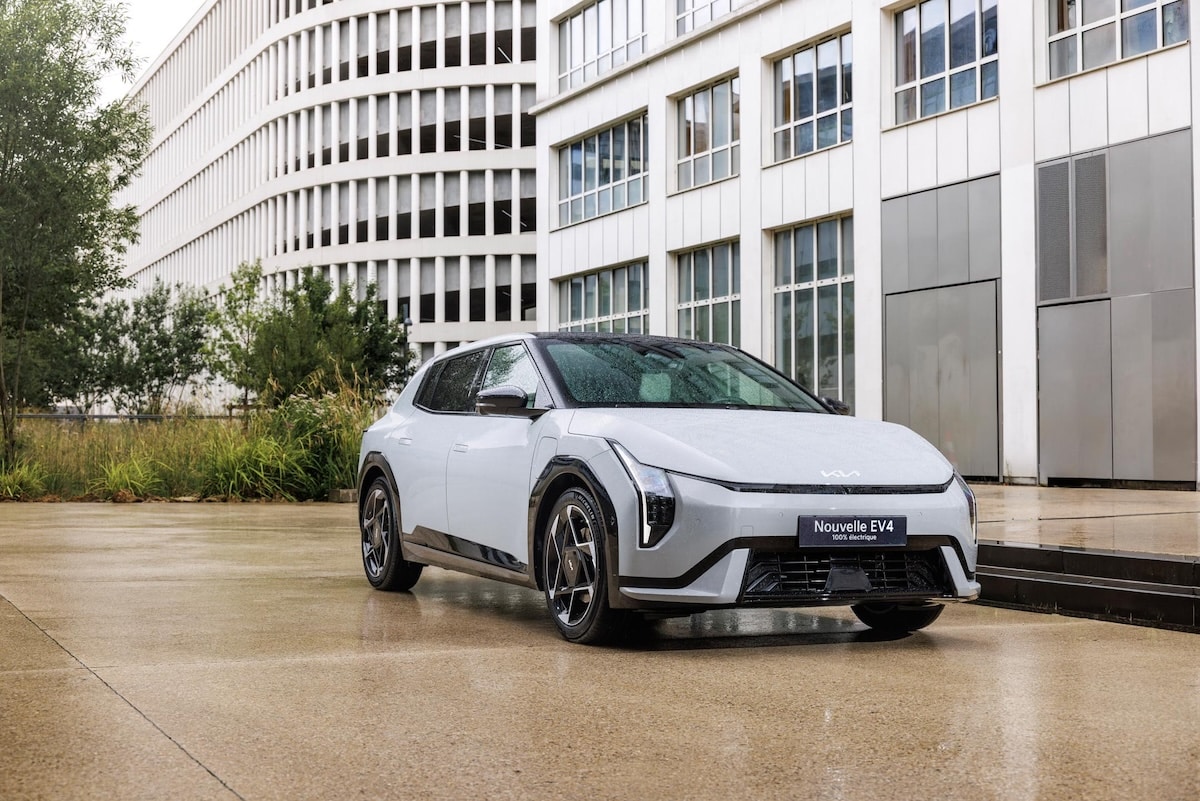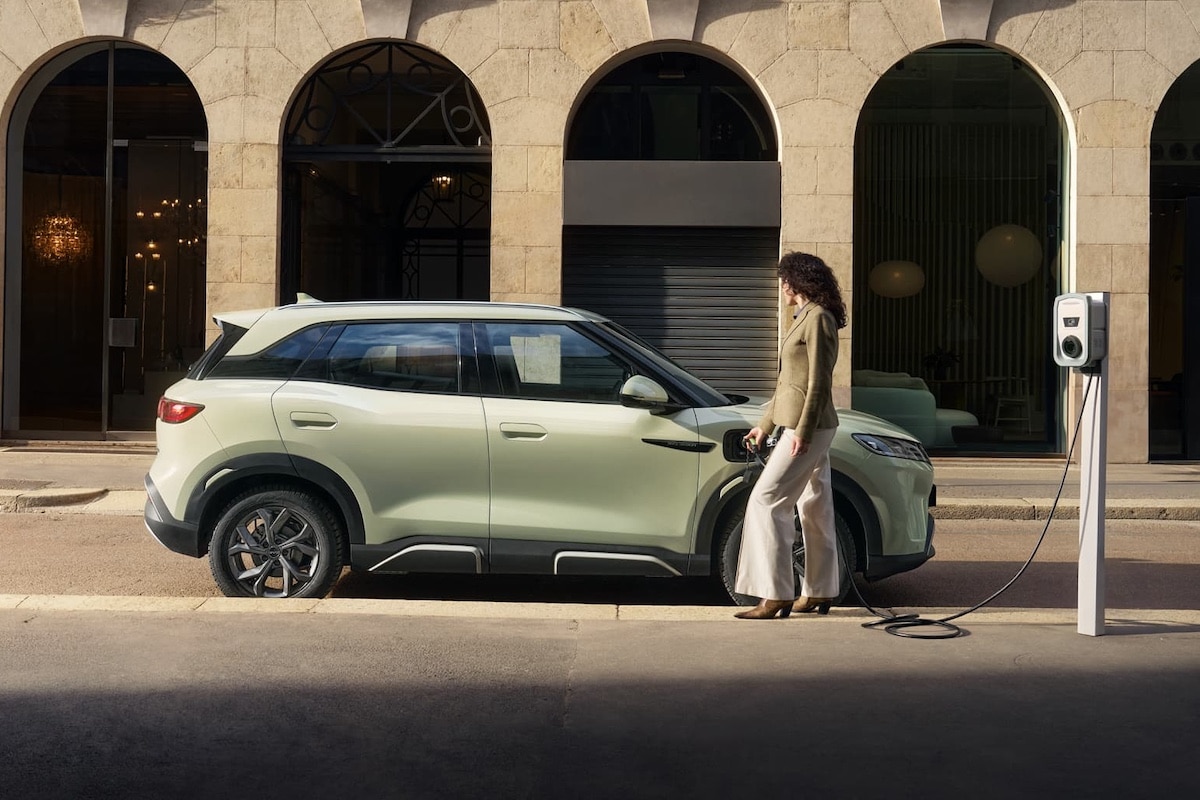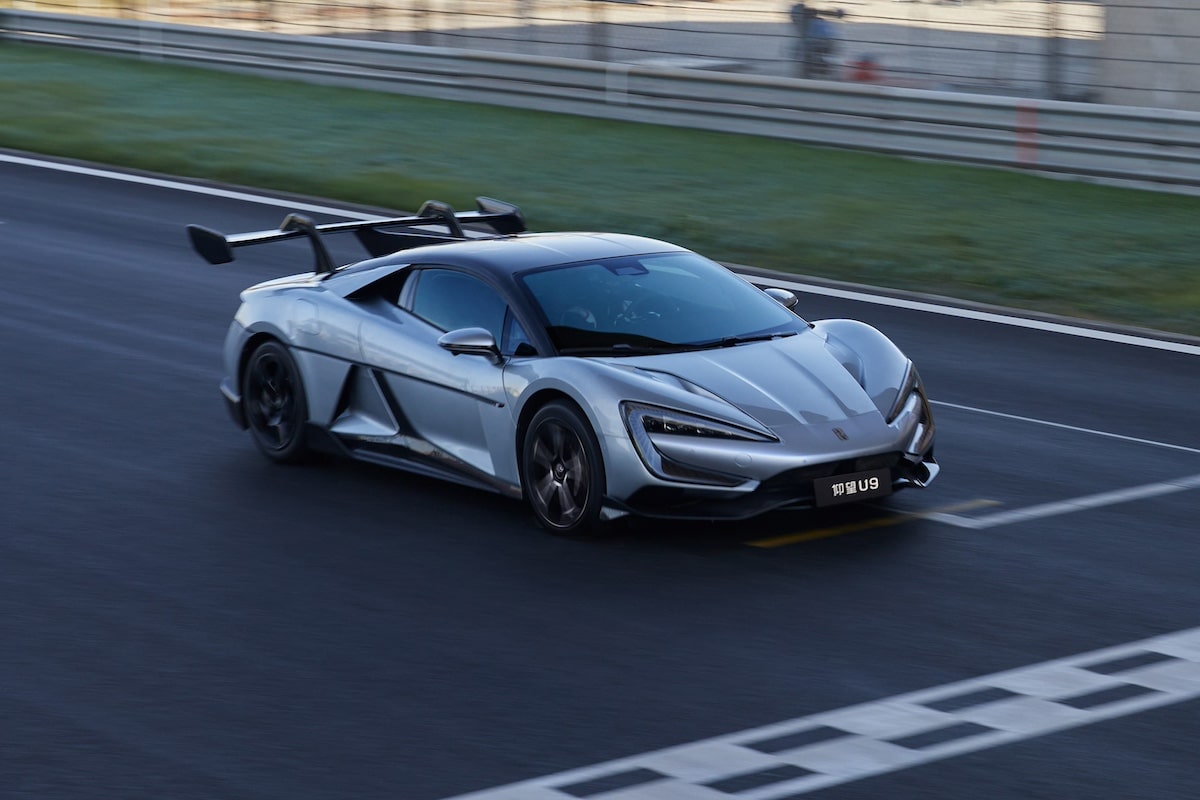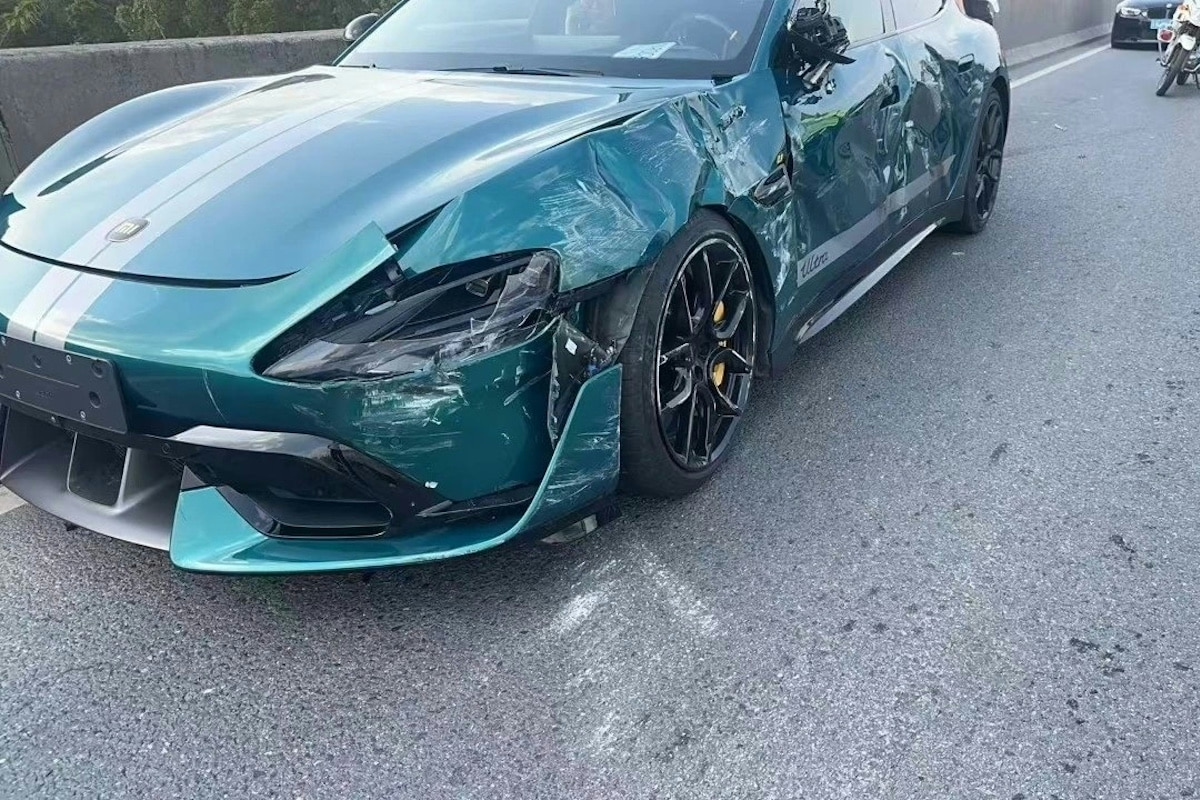Tesla Superchargers: Volkswagen revolutionizes recharging
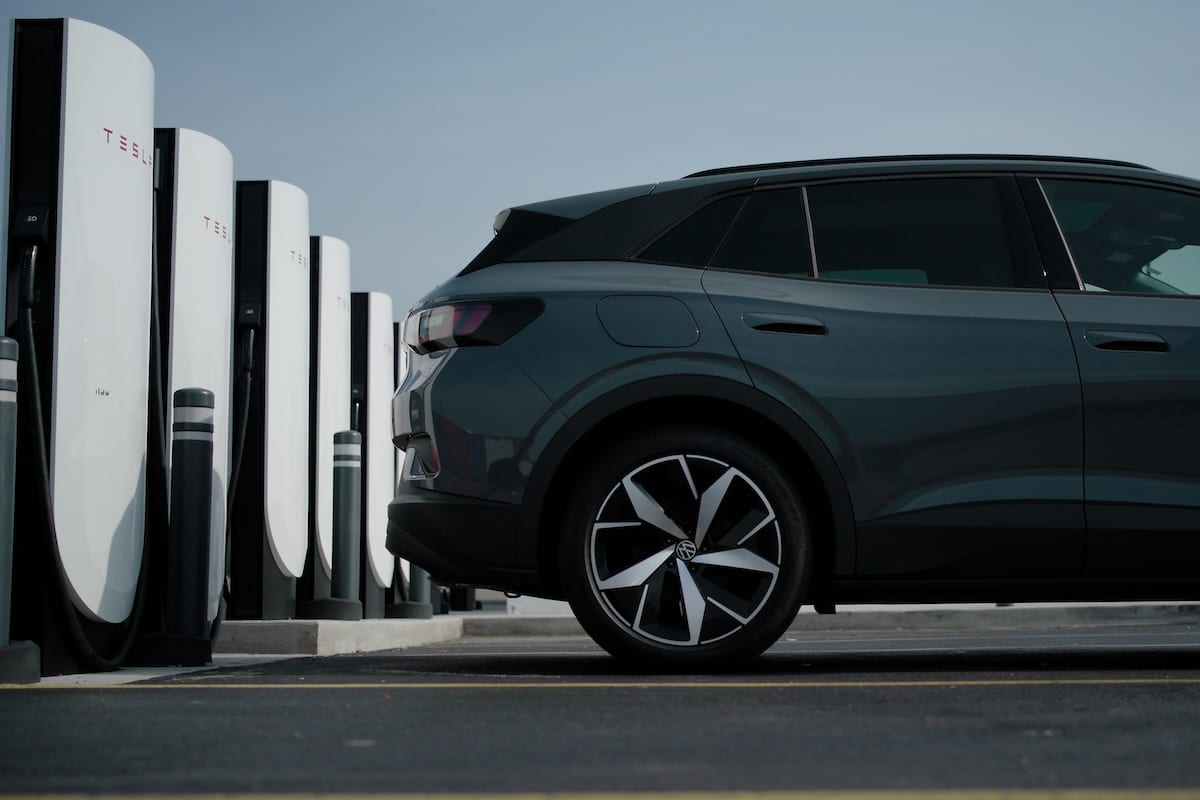
The agreement had been negotiated for months — it’s done: electric Volkswagen cars will be able to charge in the USA at Tesla.
Volkswagen announced a decisive change to its electric strategy: starting November 18, owners of the ID.4 and the ID. Buzz will be able to access the Tesla Superchargers compatible with NACS — nearly 25,000 fast chargers in North America. To make this transition possible, the German brand is selling a NACS–CCS adapter priced at $200, necessary to connect its models to the standard now dominant on the continent.
The announcement, apparently very favorable to Volkswagen customers, actually marks a much broader turning point: the standardization of charging, technological rapprochement between competitors, and the consolidation of Tesla‘s infrastructure power.
You might be interestedin this article:
For drivers of the ID.4 and ID. Buzz, the impact is immediate: access to Superchargers means simpler long‑distance trips, improved charging reliability, and a station density unmatched by competing networks. Volkswagen already relied on Electrify America, but that network remains uneven across regions; opening to Tesla’s grid radically changes the picture by reducing range anxiety, offering more stations on major routes, and providing an experience often considered smoother. Compatibility with the Tesla app to locate and pay for charging further symbolizes this unprecedented integration into the Californian rival’s ecosystem.
A step by Volkswagen toward Tesla?

If Volkswagen seems to be taking a step toward Tesla, the benefit for the latter is far from secondary. Volkswagen’s arrival — representing hundreds of thousands of electric vehicles on the North American market — gives Tesla a new and particularly stable source of revenue. Every charge performed by a non‑Tesla vehicle is billed, which turns Tesla into a true infrastructure operator, able to finance the maintenance and expansion of its network thanks to the competitors themselves.
The massive opening of its network is therefore not an altruistic gesture: it’s a powerful economic lever and a commercial showcase. A Volkswagen driver who discovers the simplicity and reliability of the Supercharger might be tempted, at their next purchase, to switch to a Tesla. The network experience becomes a marketing argument.
Tesla’s winning move?
But beyond the financial aspect, Tesla is above all winning an essential industrial battle: that of the standard. The gradual adoption of NACS by Ford, GM, Rivian, Hyundai, Mercedes and now Volkswagen gives Tesla a structuring influence. Its connector is becoming the de facto standard. Regulators follow suit, public chargers adapt, and manufacturers modify their platforms. By imposing NACS, Tesla locks the charging ecosystem around a technology it defined itself. For other manufacturers, not aligning would mean not offering their customers access to the continent’s most reliable fast network — a commercial risk that’s hard to sustain.
For Volkswagen, integrating NACS now appears inevitable. The adapter offered from 2025, provided as standard in 2026, is part of a profound transformation of its electrical architecture. Some 2024 and 2025 models will require a software update, a sign that the group is preparing this transition cautiously.
Tesla’s NACS, the new global standard?
But the issue goes beyond this simple technical aspect: by adopting NACS, Volkswagen strengthens the competitiveness of its electric models in North America and brings its customer experience closer to that offered by Tesla, while reassuring future buyers about the availability of fast charging.
This announcement thus marks a major turning point: the end of the era of multiple standards in the United States and the emergence of a unified ecosystem largely structured around Tesla. For Volkswagen drivers, it’s an immediate gain in comfort and peace of mind; for the industry, a decisive step toward standardization; for Tesla, an extension of its influence and revenues.
By opening the door of its network to a manufacturer of Volkswagen’s scale, Tesla confirms that its position in electric mobility is no longer limited to selling cars: it is becoming the essential operator of an infrastructure now central to the energy transition.
ALSO READ: Tesla Model Y Standard: are the tires really cheaper?
This page is translated from the original post "Superchargers Tesla : Volkswagen révolutionne sa recharge" in French.
We also suggestthese articles:
Also read
